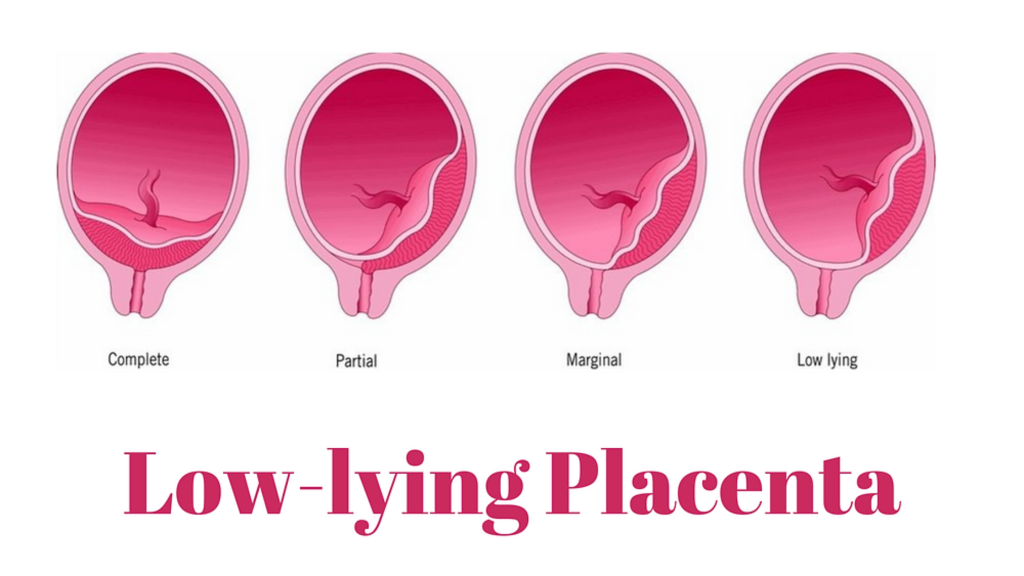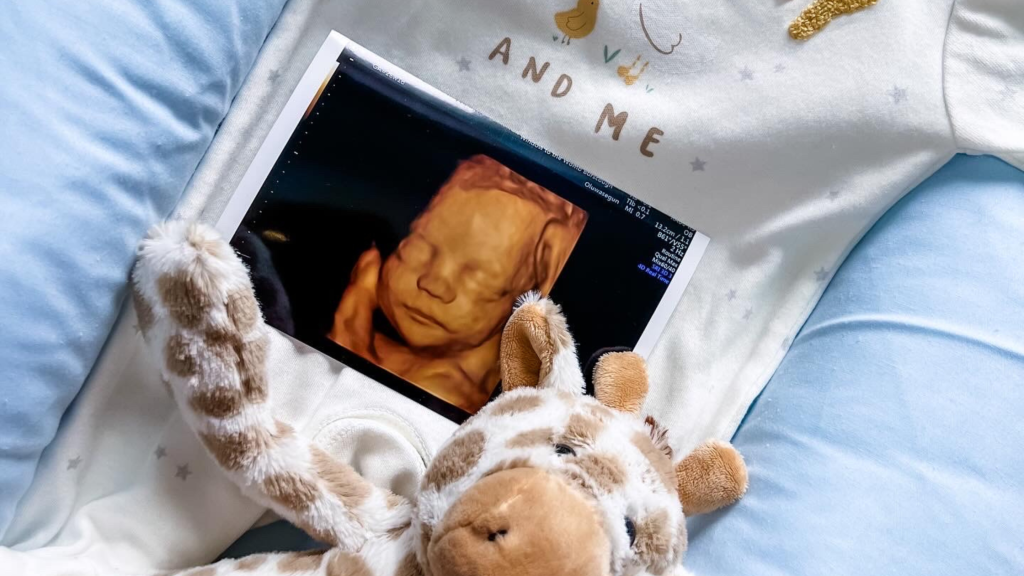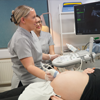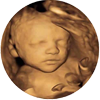Pregnancy is a time filled with anticipation and excitement, and one of the most thrilling milestones is seeing your baby on an ultrasound. For many expectant parents, a 4D scan offers a unique opportunity to witness their baby’s movements and expressions in real time, providing an unforgettable bonding experience. However, if you have a low-lying placenta, you may wonder if it will affect the timing or quality of your 4D scan. In this blog post, we’ll explore when it’s best to schedule a 4D scan with a low-lying placenta, and what to consider before going ahead with this procedure.
A low-lying placenta is a condition where the placenta is positioned lower in the uterus than usual, often near or covering the cervix. This can potentially lead to complications during pregnancy, such as bleeding or an increased risk of preterm labour. In some cases, the placenta can move upwards as the pregnancy progresses, which is why healthcare providers will monitor its position over time.

A low-lying placenta can affect the timing of certain medical procedures, including ultrasound scans, and may raise concerns about the safety of non-medical scans like 4D ultrasounds.
What is a 4D Scan?
A 4D scan is an advanced type of ultrasound that provides live, real-time images of your baby. Unlike standard 2D ultrasounds, which show flat, two-dimensional images, 4D scans offer a moving, three-dimensional view of the baby. This allows you to see the baby’s movements, facial expressions, and even small details such as the sucking of their thumb or yawning.

When to Schedule a 4D Scan with a Low-Lying Placenta
If you’ve been diagnosed with a low-lying placenta, it’s important to take a cautious approach when planning any additional scans, including a 4D ultrasound. The timing of the scan should be based on your specific circumstances and the position of the placenta at the time of your scan.
1. After Your 20-Week Anatomy Scan
The position of your placenta is often assessed during the routine anatomy scan, which typically occurs around 20 weeks of pregnancy. If your placenta is found to be low-lying at this stage, your doctor will likely recommend a follow-up ultrasound later in the pregnancy to check if it has moved upwards.
Since the placenta can shift as the uterus expands, a low-lying placenta at 20 weeks may no longer be a concern by the time you reach your 24-34 week scans. Therefore, it’s generally best to wait until after your 20-week scan to determine the exact position of the placenta before scheduling a 4D ultrasound.
2. Consulting Your Doctor
Before booking any additional ultrasounds, including a 4D scan, it is essential to discuss the position of your placenta with your doctor or healthcare provider. They will provide personalised advice based on the position of your placenta.
A low-lying placenta may also mean that your doctor will want to monitor your pregnancy more closely, which could involve additional ultrasounds to ensure that the placenta is not obstructing the cervix or causing any complications.
Can a Low-Lying Placenta Affect the Quality of the Scan?
A low-lying placenta can sometimes impact the quality of the images. Here’s how:
- Obstruction of the View: If the placenta is positioned in front of the baby, it can block the ultrasound waves, making it difficult to get clear images, particularly of the baby’s face. This is more likely to happen if the placenta is anterior (at the front of the uterus) or covering the cervix (placenta previa).
- Difficulty Capturing Baby’s Movements: A 4D scan allows you to see your baby move, but if the placenta is low-lying, it may hinder the sonogrpaher’s ability to capture smooth, clear footage. For example, the baby may be facing the placenta, or the placenta may be obstructing certain angles, limiting the clarity of the images.
- The Baby’s Position: The position of your baby at the time of the scan will also impact the quality of the images. If the baby is facing away from the placenta or in a position that allows for clear viewing, the scan will be much easier to complete. However, if the baby is in a difficult position, such as facing towards the placenta, this could make it harder to get the desired images.













 Packages & Prices
Packages & Prices  Important Info & Policies
Important Info & Policies  Your Scan
Your Scan